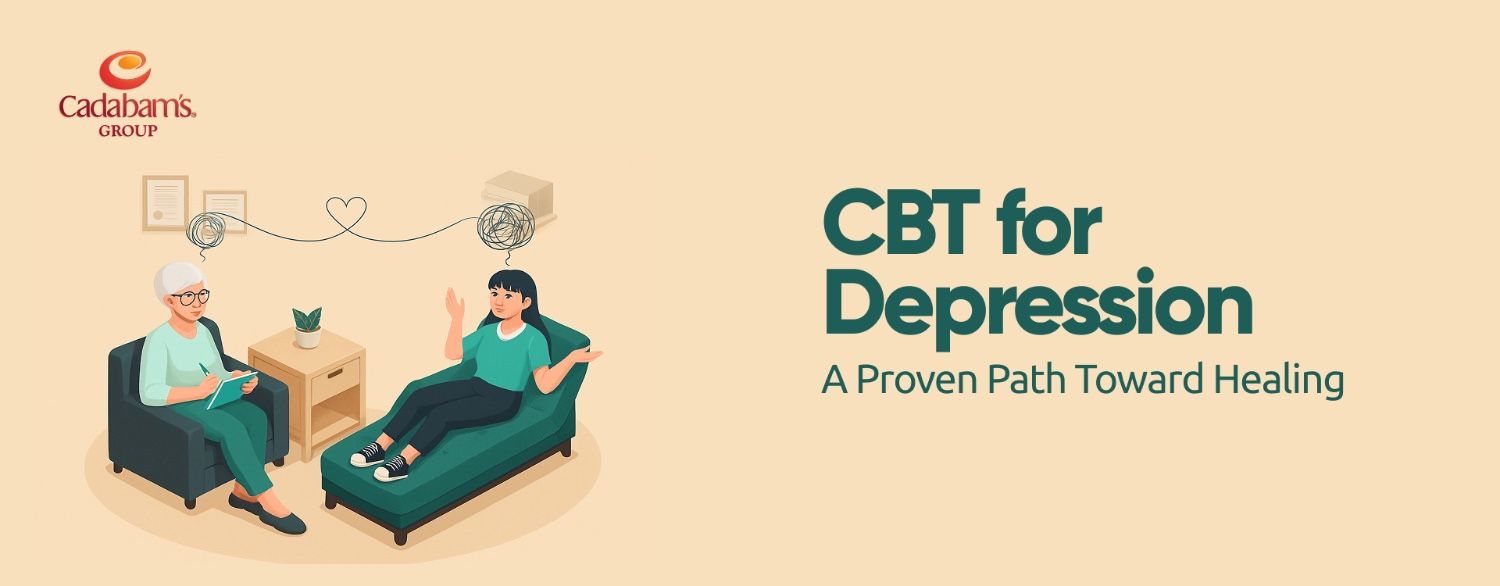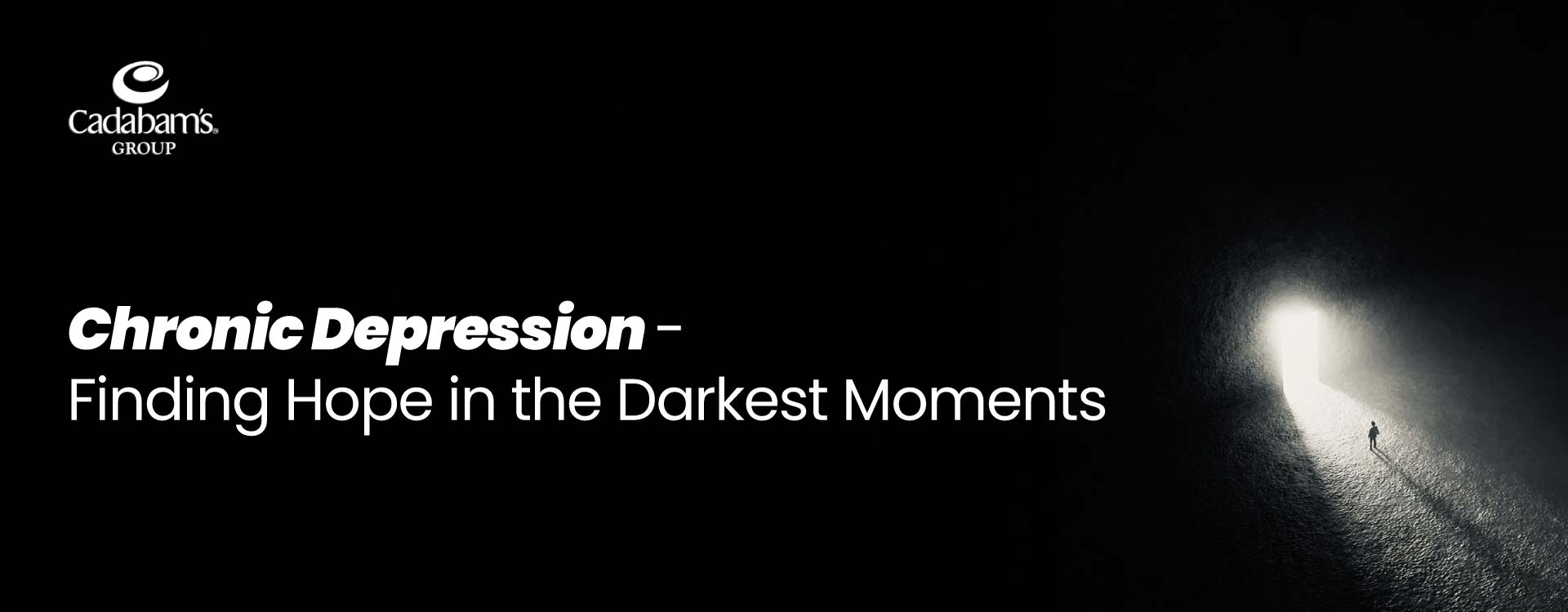Armaan loves Maya but does not think he is good enough for her. He constantly wonders whether Maya really loves him or not. Maya on the other hand does not open up to him about her feelings and shuts down any conversation that makes her feel vulnerable. Sounds like an imbalance, right? In a more healthy relationship, Armaan would be able to talk to Maya about his insecurities and Maya would hopefully open up to Armaan more. Unfortunately, though, relationships are not that simple.
Love is about how two minds with different temperaments meet. As relationships blossom, so do the two individuals, their goals, expectations and needs from each other. The way each partner expresses their needs is what sets the foundation for a happy relationship. For example, Armaan might have some expectations from Maya to express love towards him, but he might feel that it is wrong of him to express these feelings.
Relationships are the result of a complex web of events that begin right from childhood – more specifically, from our attachment styles. Simply put, our attachment styles affect how we behave in our relationships. Attachment styles in children are formed based on the way their caregivers respond to their distress. A caregiver might be consistently attentive to their child, or may fail to perceive and meet their child’s needs. As we grow older, our childhood and adolescent friendships, young romantic relationships contribute to evolve or even change our attachment styles. With these experiences, we start to form patterns of responding and expecting from our partners – both emotionally and behaviourally.
For instance, someone with a secure attachment style may be self-aware about their boundaries and show an appropriate amount of trust and emotional intimacy towards their partner. On the contrary, someone with an avoidant attachment style, might avoid intimacy with their partner and avoid getting emotionally expressive. Moreover, people with anxious attachment styles may seek excessive closeness from their partner and might be overly sensitive to what they perceive as threats to the relationship.
Of course, attachments in childhood do not dictate the attachment styles in adults. With the various experiences we come across throughout our lives, our attachments with people can change to become healthier, or in some cases, unhealthier. Maya’s family consistently ignored her distress in childhood, which made her close off emotionally from anyone else in adulthood. Meanwhile, Armaan, who grew up in a secure household, experienced a traumatic, toxic relationship during his teenage years. This caused him to become excessively dependent on Maya even though she did not seem to return the sentiment.
Thus, attachment styles not only impact how we create boundaries around ourselves in relationships, but also the way we perceive ourselves with our partner. In this process, psychologists were able to broadly classify the various temperaments in a relationship. This Grid of Self Esteem considers two aspects of relationships – boundaries and self esteem. We all lie somewhere on this continuum.
- Boundaries
Boundaries act as filters to protect us from the intrusion of others in our personal space. If these boundaries are healthy, we can express our emotions to people around us appropriately. The two extremes of the Boundary Axis are boundarylessness and being completely walled off. People who are walled-off in their relationships are not able to connect emotionally with their partner, nor can they perceive their needs effectively. On the other hand, people having weak or no boundaries could become excessively vulnerable where they are not able to define their own needs properly.
- Self Esteem
The other axis of the grid is self esteem – the capacity to recognize and value your own worth despite your human flaws. A healthy self esteem is knowing our own needs while acting upon them appropriately with our partners. The two extremes of the self-esteem axis are grandiosity and toxic shame. People with a grandiose sense of self might feel more worthy than their partner and put their needs at the top while overstepping their partner’s boundaries. Toxic shame, on the other hand, might make people feel like they are not good enough for their partners and are too ashamed to open up to them.
Based on this grid, it would seem that Maya is walled-off, while Armaan leans towards boundarylessness with a low self esteem. Of course, the optimal place to be on this axis is in the centre with a functional boundary and healthy self esteem. Dr Meenakshi Banerjee, consultant clinical psychologist at Cadabam’s Group adds, “It’s important to understand which continuum of self esteem and boundaries you are to be able to balance it out eventually. The healthiest relationships are when everyone is equal in the relationship.” In case issues in reaching a balanced state in relationships persists, seeking professional help can be a good option for finding a safe space to communicate and reach a resolution.
Maya might learn that it is not wrong to communicate her expectations to her partner. Armaan might relearn how to build boundaries around him while being appropriately vulnerable to Maya. With this realisation of their own boundaries and expectations, they might slowly be able to communicate what each of them needs from the relationship. Who knows, they might even realise they are not right for each other and part on amicable terms, only to find someone who fits with them better!
Setting functional boundaries creates a clear understanding of what we need as individuals and what is expected of us as someone’s partner. Creating that personal space is essential to meeting the individual’s needs while also being emotionally close to their partner. With these functional boundaries in place, it becomes easier to navigate through the relationship with mutual respect, trust and open communication. Relationships are just as much about knowing and respecting yourself as much as they are about striking a balance between two individuals. Know thyself, and celebrate your connections with love!
.webp)
.jpg)






